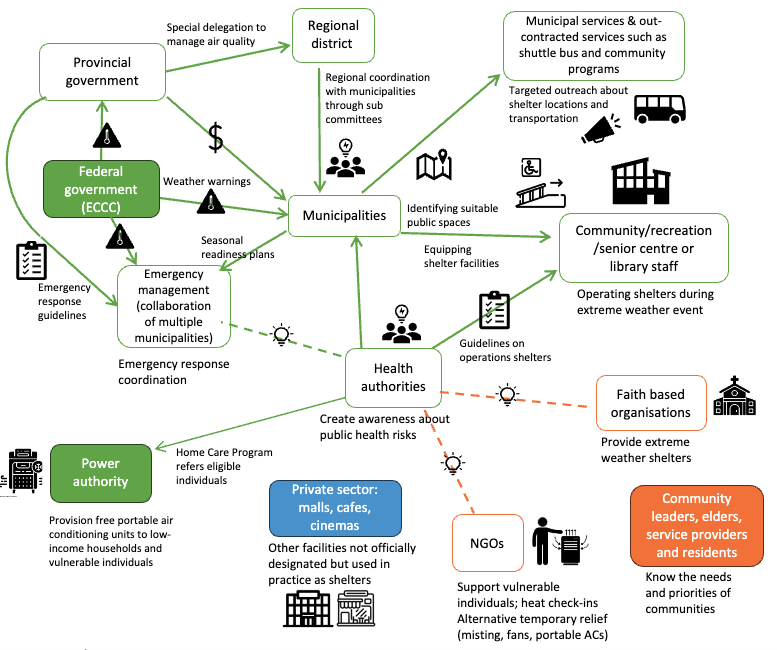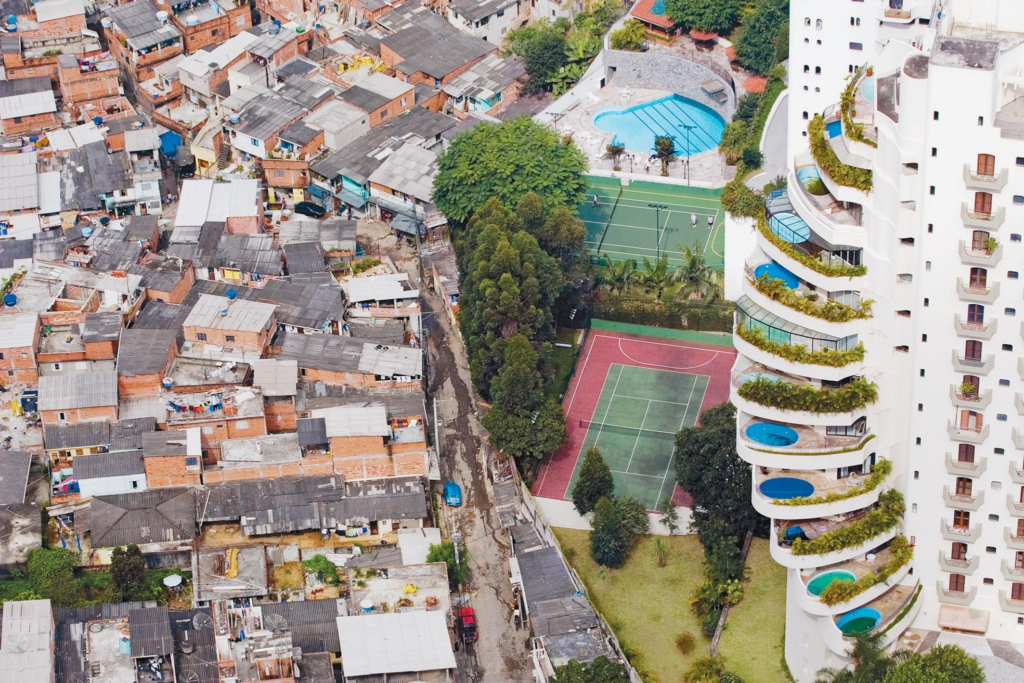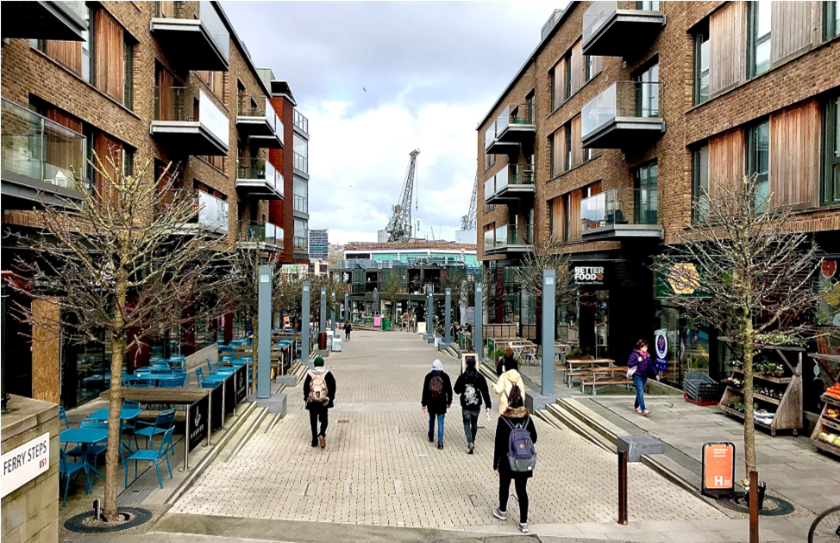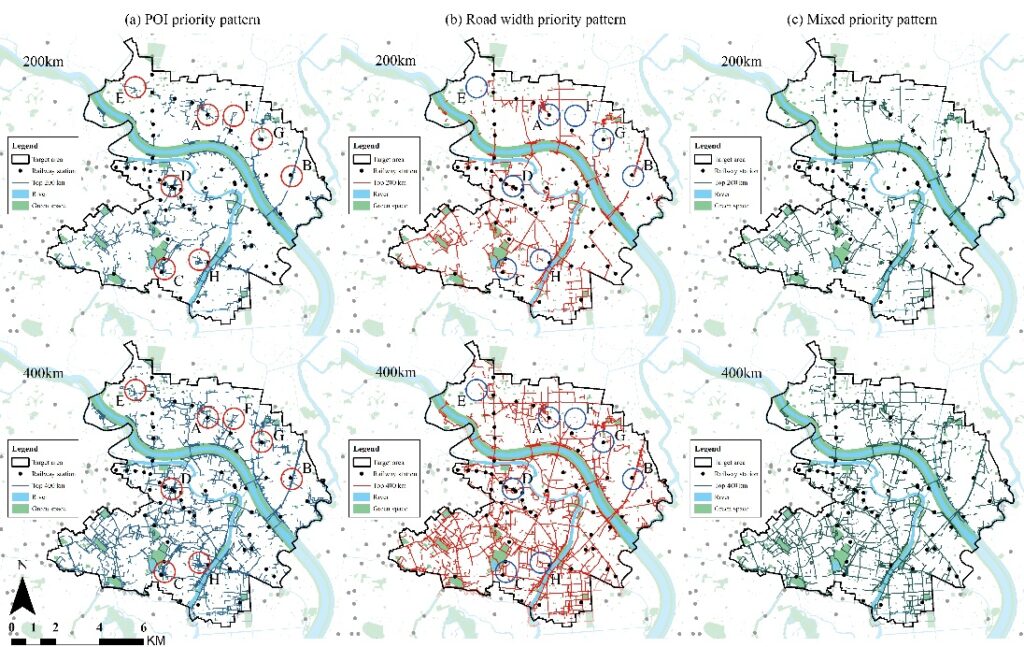City Know-hows

Extreme heat and wildfire smoke are a growing concern in cities. Cooling and cleaner air centres can provide a much-needed respite but too often they’re set up reactively and inconsistently. Our study explores what works, what doesn’t, and how cities can design these spaces to be reliable, inclusive, and accessible for all.
Share
Target audience
Municipal and provincial policymakers, public health officials, emergency management agencies, urban planners, civil society organisations.
The problem
Across North America, cities are scrambling to provide refuge during heatwaves and smoke events by designating “cooling and cleaner air centres.” But without clear planning, funding, or coordination, these centres are often underdelivering. The result? People most at risk seniors, unhoused residents, low-income families often cannot access the protection they need.
What we did and why
We reviewed academic and grey literature to see how other cities deploy cooling and cleaner air centres and what lessons they offer. Then, we spoke with 16 professionals from municipal governments, health authorities, and NGOs in Greater Vancouver to understand real-world challenges and opportunities. This research was co-designed with regional government partners to produce findings directly relevant to decision-makers while contributing to broader adaptation and equity research.
Our study’s contribution
We show that cleaner and cooler air centres work best when supported by long-term planning, secure funding, and strong partnerships between governments and community organisations. Our research highlights key barriers like gaps in outreach, poor site accessibility, and limited coordination and identifies promising practices to make these centres more inclusive and reliable. These findings are immediately relevant to cities grappling with rising heat and wildfire smoke while seeking to protect public health equitably.
Impacts for city policy and practice
Cities need to move beyond ad-hoc responses and embed cooling and cleaner air centres within comprehensive climate adaptation strategies. This means investing in infrastructure upgrades, improving site distribution and accessibility, expanding outreach to underserved populations, and creating clear governance frameworks for inter-agency collaboration. Cooling and cleaner air centres can be valuable assets if they are planned proactively, designed inclusively, and supported by long-term policy commitments.
Further information
Full research article:
Heat, smoke, and urban health: Cooling and cleaner air centres as a tool for adaptation in a Canadian urban region by Glory O. Apantaku, Ana Polgar, Felix Giroux, Amanda Giang, Derek Gladwin and Naoko Ellis.
Related posts

A Brazilian study, in Sao Paulo, Brazil, showed important changes in built environments for physical activity, highlighting these chances across different regions of the city,

This paper investigates how the project development of Wapping Wharf in Bristol impacted the dwellers’ well-being. It finds that the relationship between urban placemaking and dwellers’ wellbeing is not just constitutive, but also mutually reinforcing.

A case study in Tokyo reveals how road width, green spaces, and local amenities influence joggers’ route selection, drawn from extensive data analysis. These insights hold significant implications for urban planning strategies, advocating for city designs that prioritize exercise and outdoor activities.